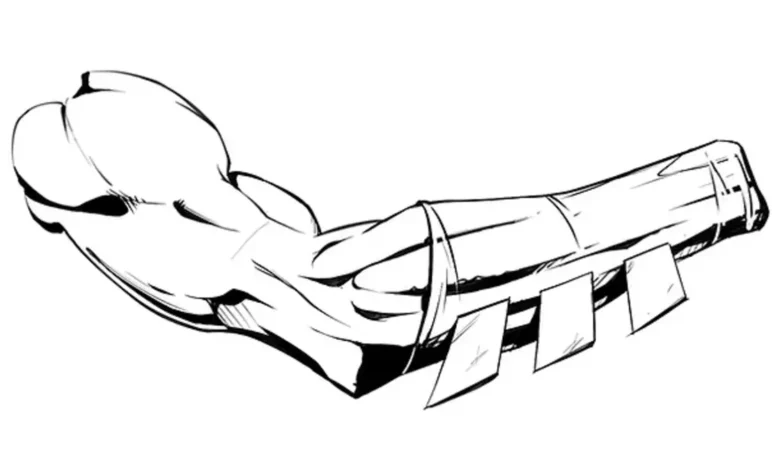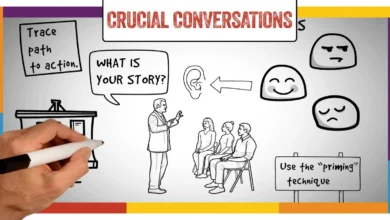Common Mistakes in Drawing Arms and How to Avoid Them

Introduction to drawing arms
Drawing arms can be one of the most challenging aspects of figure illustration. Whether sketching a dynamic pose or capturing subtle gestures, getting those limbs right makes all the difference. A well-drawn arm adds life and emotion to your artwork, while a poorly executed one can throw off your entire composition. Understanding proper proportions is critical to achieving realism in your drawings.
In this guide, we’ll explore common mistakes artists make when drawing arms and provide practical tips on how to avoid them. You can elevate your skills and bring more depth to your artwork with patience and practice!
The importance of proper arm proportions
Proper arm proportions are crucial in the drawing. They can make or break the realism of your artwork. When arms are out of proportion, they can distort the figure, leading to an unnatural appearance.
Understanding the human anatomy plays a key role here. Each part of the arm is different in size from the others. The upper arm should relate proportionately to the forearm, creating a natural flow between them.
Inconsistent proportions create visual confusion for viewers. This can distract attention from other elements in your piece, undermining your overall message.
Focusing on accuracy also enhances character expression. Well-proportioned arms convey movement and emotion more effectively than exaggerated forms ever could.
Studying how different artists approach this aspect will improve your skills significantly. Observing real-life examples helps you grasp these proportions better as you practice drawing arms.
Common mistakes in drawing arms and their effects on the overall drawing
Several common mistakes can significantly impact the overall composition when drawing arms. One major issue is neglecting anatomical accuracy, which often leads to awkward poses that feel unnatural.
Another frequent error is inconsistent proportions. Arms that are too short or long compared to the body throw off balance and perspective in your artwork. A mismatch between arm size and body type creates confusion for viewers.
Ignoring foreshortening can also be detrimental. When arms extend towards the viewer, failing to capture depth results in a flat appearance, diminishing realism.
Not considering muscle structure can lead to lifeless limbs. Whether drawing muscular or thin arms, understanding how muscles interact with bones adds life and authenticity to your work. Avoid these pitfalls by focusing on detail and anatomy for more compelling drawings of arms.
How to accurately draw different types of arms (muscular, thin, etc.)

When drawing arms, the type can dramatically change your approach. For muscular arms, focus on the definition of muscles. Use bold lines and shadowing techniques to convey volume and strength. Pay attention to the biceps, triceps, and forearm details.
Conversely, thin arms require a lighter touch. Keep your lines softer and more delicate. Emphasize length rather than bulk by elongating shapes while ensuring that joints remain proportionate.
Remember, don’t worry about variations like athletic or frail arms. Athletic arms combine muscle tone and sleekness, whereas frail arms might have less definition but still reveal bone structure subtly through shadows.
Practice different poses, too; this adds dynamism to static drawings. Capturing how they interact with body movements will bring life into your artwork! Each arm tells a story—let yours be versatile in expression.
Tips and techniques for avoiding mistakes in arm drawing
Start with simple shapes. Break the arm down into primary forms like cylinders and rectangles. This makes it easier to visualize proportions.
Use references. Study real-life images or anatomy illustrations to understand how arms move, bend, and change shape in different positions.
Practice gesture drawing. Quick sketches help capture the dynamic flow of an arm’s movement, encouraging a more natural look in your work.
Pay attention to perspective. Arms can appear differently depending on their angle relative to the viewer. Keep this in mind when placing them in your drawings.
Take your Drawing Arms time with details. Focus first on getting the overall structure right before adding shadows or fine lines that might complicate things prematurely.
Experiment with line weight. The varying thickness helps define muscle tone and depth, enhancing realism without overwhelming the piece with unnecessary detail.
Practice exercises for improving arm drawing skills
To enhance your arm drawing skills, try a series of targeted exercises. Start with simple shapes; sketch cylinders and boxes to understand the basic structure of arms. This foundation will make it easier to add detail later.
Next, study different angles. Draw arms from various perspectives—front, side, and back views. This practice helps you grasp how the form changes with position.
Experiment with gesture drawing, too. Set a timer for just two minutes per pose and quickly capture the essence of an arm’s movement. At this stage, it’s all about action rather than precision.
Replicate reference images that showcase diverse arm types—muscular builds or slender forms can teach you valuable lessons in anatomy and proportion. Make these exercises part of your routine for steady progress in mastering arm drawings.
Conclusion: The importance of patience and practice in mastering arm drawing
Mastering the art of drawing arms requires more than basic skills; it demands patience and consistent practice. Each line and curve is crucial in creating realistic and expressive figures. Remember that mistakes are part of the learning process as you continue to hone your craft. They provide valuable lessons that help you grow as an artist.
Taking time to study arm anatomy will significantly benefit your drawings. Familiarizing yourself with muscle structure, joint movement, and proportions can dramatically affect accuracy. Regular practice exercises tailored to different types of arms—muscular or slender—will build your confidence over time.
Don’t be discouraged by initial challenges. Every great artist has faced their share of difficulties along the way. Embrace them as stepping stones towards improvement because each sketch brings you one step closer to mastering this essential aspect of figure drawing.
Keep striving for progress rather than perfection! Dedication and effort will make your Drawing Arms more accessible and enjoyable as your skills develop.





